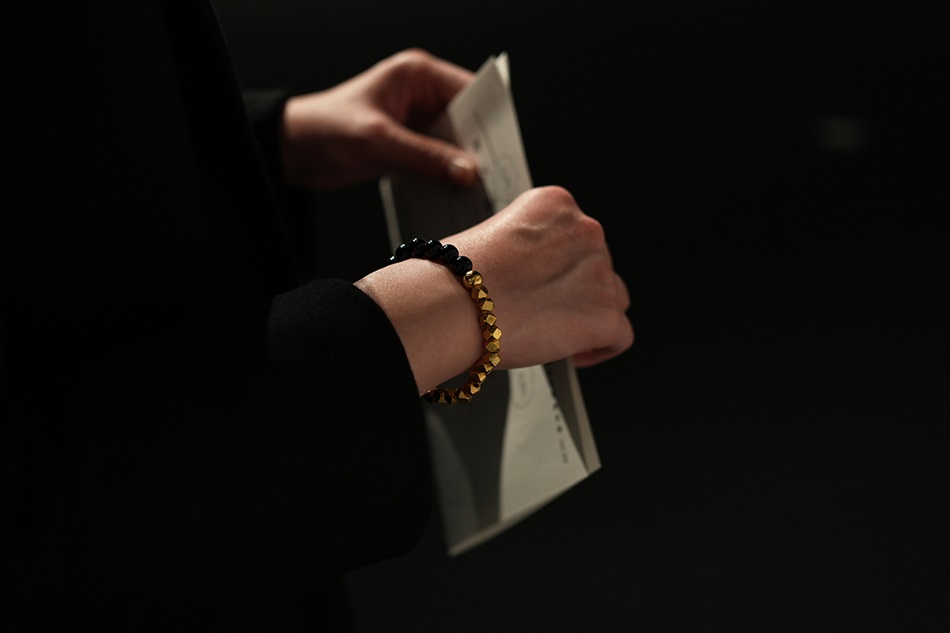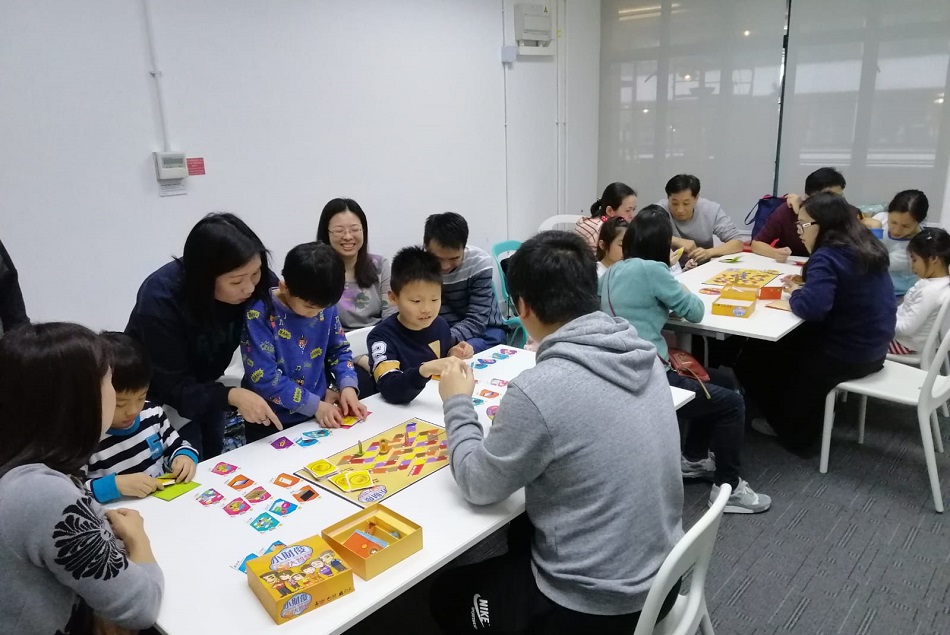Leisure & Culture #89
The Lemon Tea Theory
Ronald & Nam
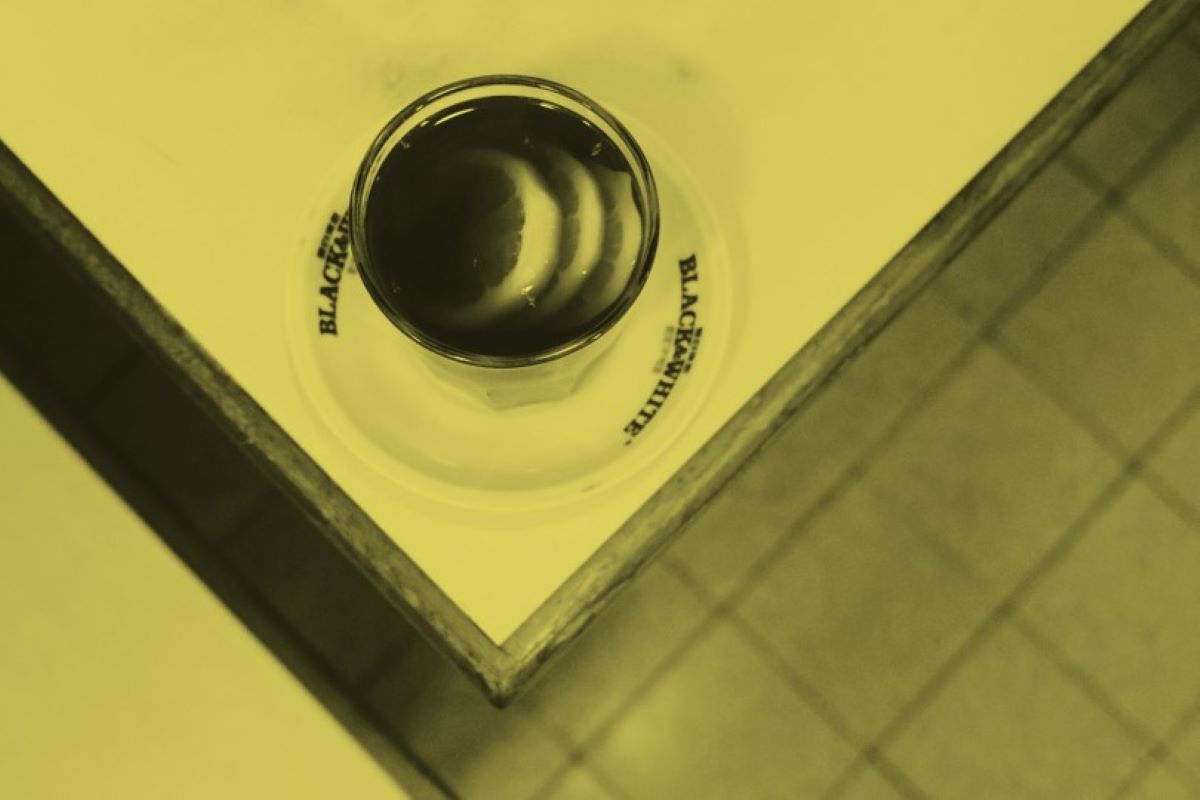
Text & Image: Chan Kit
Translated by Joel Wong
As commonly seen written on takeout order slips, OT is a jargon of Cha Chaan Teng (a Hong Kong-style Café). It is also a cultural symbol and identity for the people of Hong Kong.
Like milk tea, lemon tea deserves recognition and has become a staple for many, making it an essential flavor in daily life.
So, what defines a good cup of lemon tea?

Ronald Ngai, a national-level tea taster, shares his thoughts. "We must define what 'good' means; such a standard could be ambiguous.
A good cup of lemon tea should be a delicious, high-quality beverage."
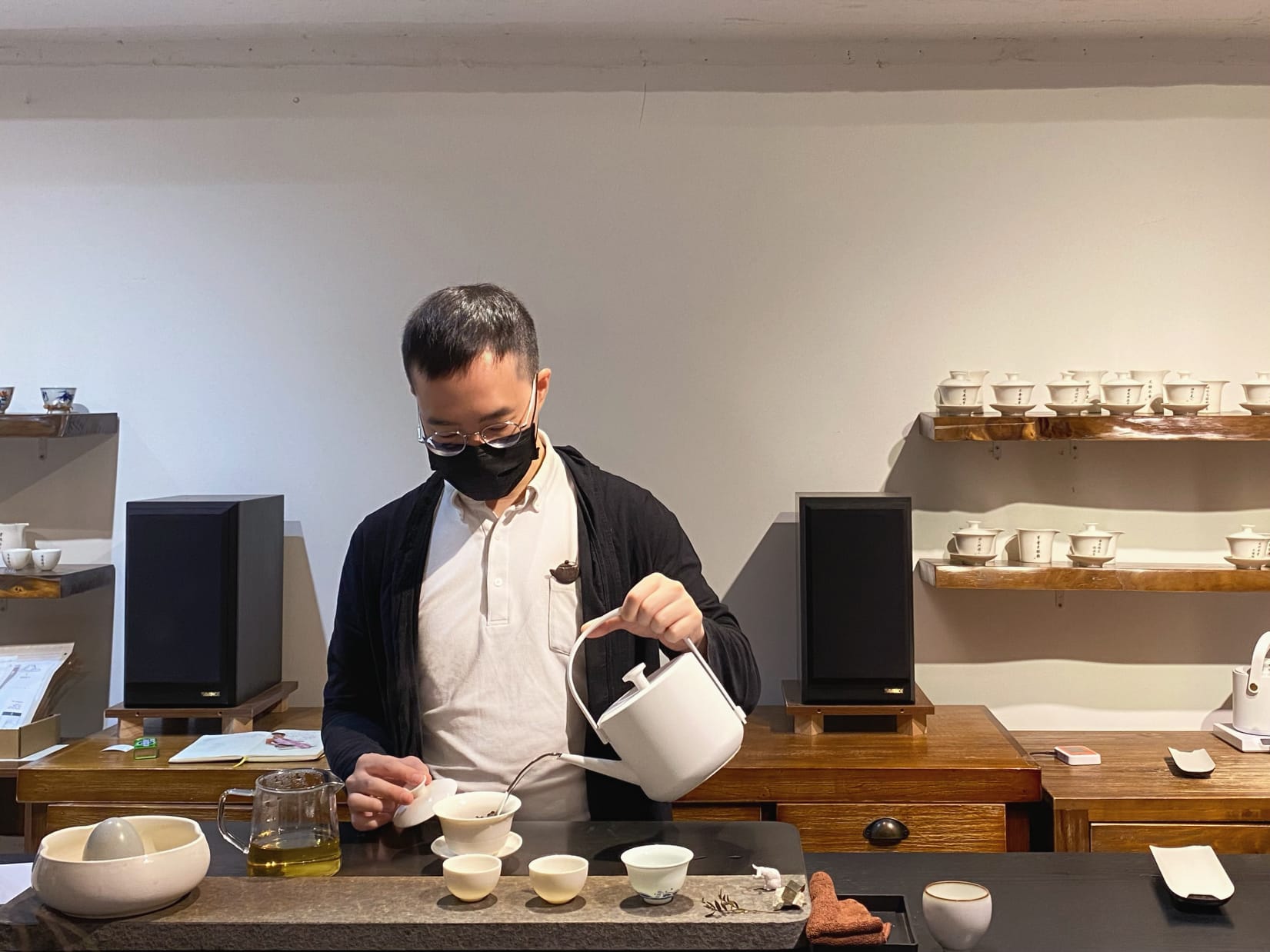
Ronald Ngai, a national-level tea taster. Photo courtesy of Ronald.
Ronald, influenced by his family's tea culture background from a young age, has dedicated the past decade to the art of tea-tasting. He explains that lemon tea is primarily tea flavored with lemon. While other flavoring ingredients can be added, the scent of lemon tea must remain prominent. "That's the basic requirement. The biggest challenge is finding the right balance between the lemon and tea."
The main thing about lemon tea is its pungent scent, the tea should exhibit its inherent bitterness, which, when combined with the acidity of the lemon, turns such bitterness into a pleasant sweetness.
Is bitterness going to harm the lemon tea?
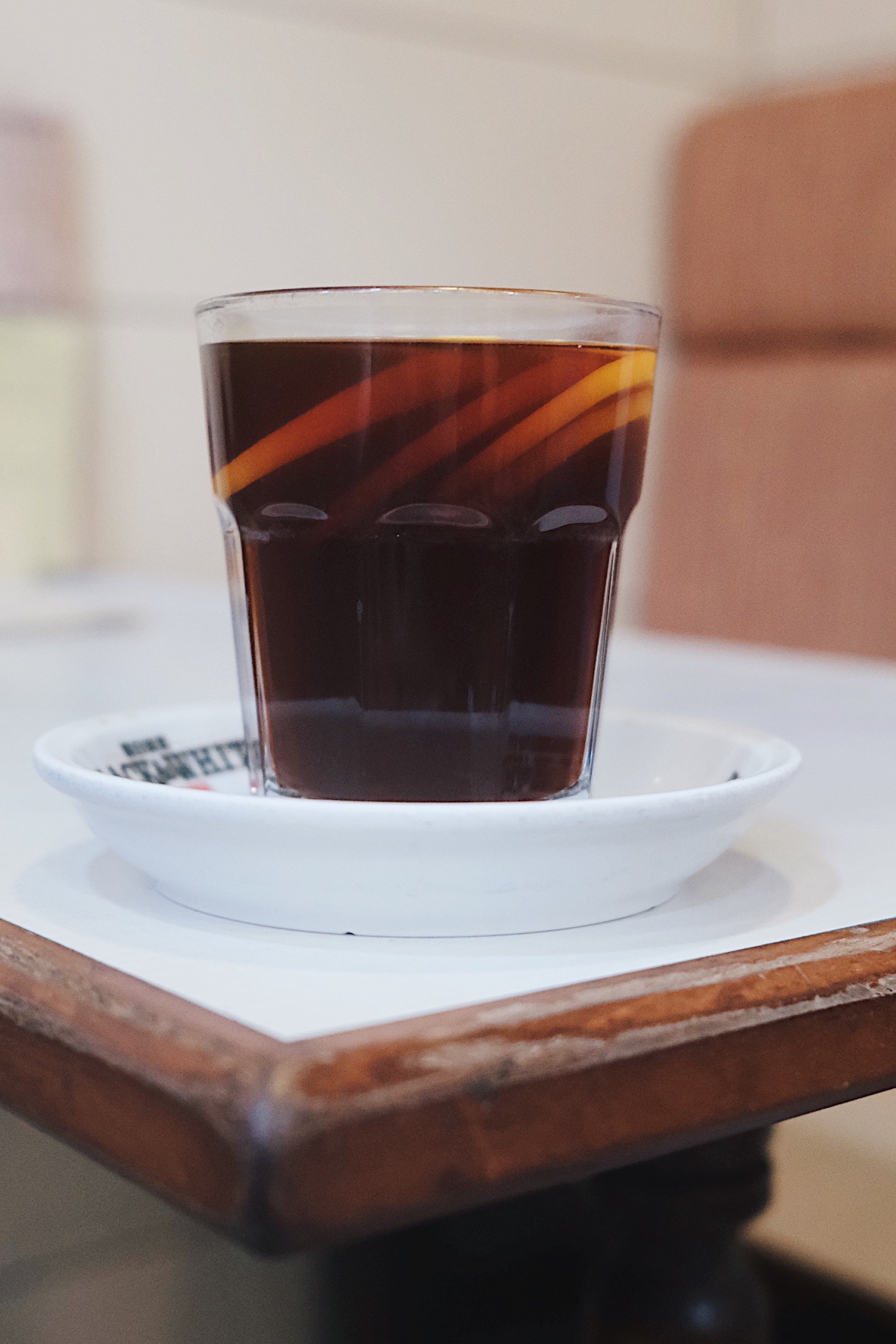
"Tea leaves have a bitter taste naturally, and this genuine taste holds nothing negative," Ronald adds. "If the tea lacks bitterness, it's missing an essential component and is of lower quality."
When the bitterness of the tea quickly transitions into a sweet aftertaste, it indicates its high quality. Conversely, if the bitterness lingers for a long time, that means actual bitterness, indicating lower quality.
When lemon tea is brewed and served, one can gather clues from its appearance.
The common belief is that clear tea is preferable. However, it's important to note that lemon tea's black tea can display a "cold haze" phenomenon. This is commonly observed in iced black tea, where the liquid appears cloudy after adding ice.
"This occurs due to the combination of caffeine and polyphenols in the tea, which form insoluble substances when the water temperature drops. These larger molecules create a milky haze," Ronald explains. Cold haze indicates that tea contains rich substances, which is not detrimental.
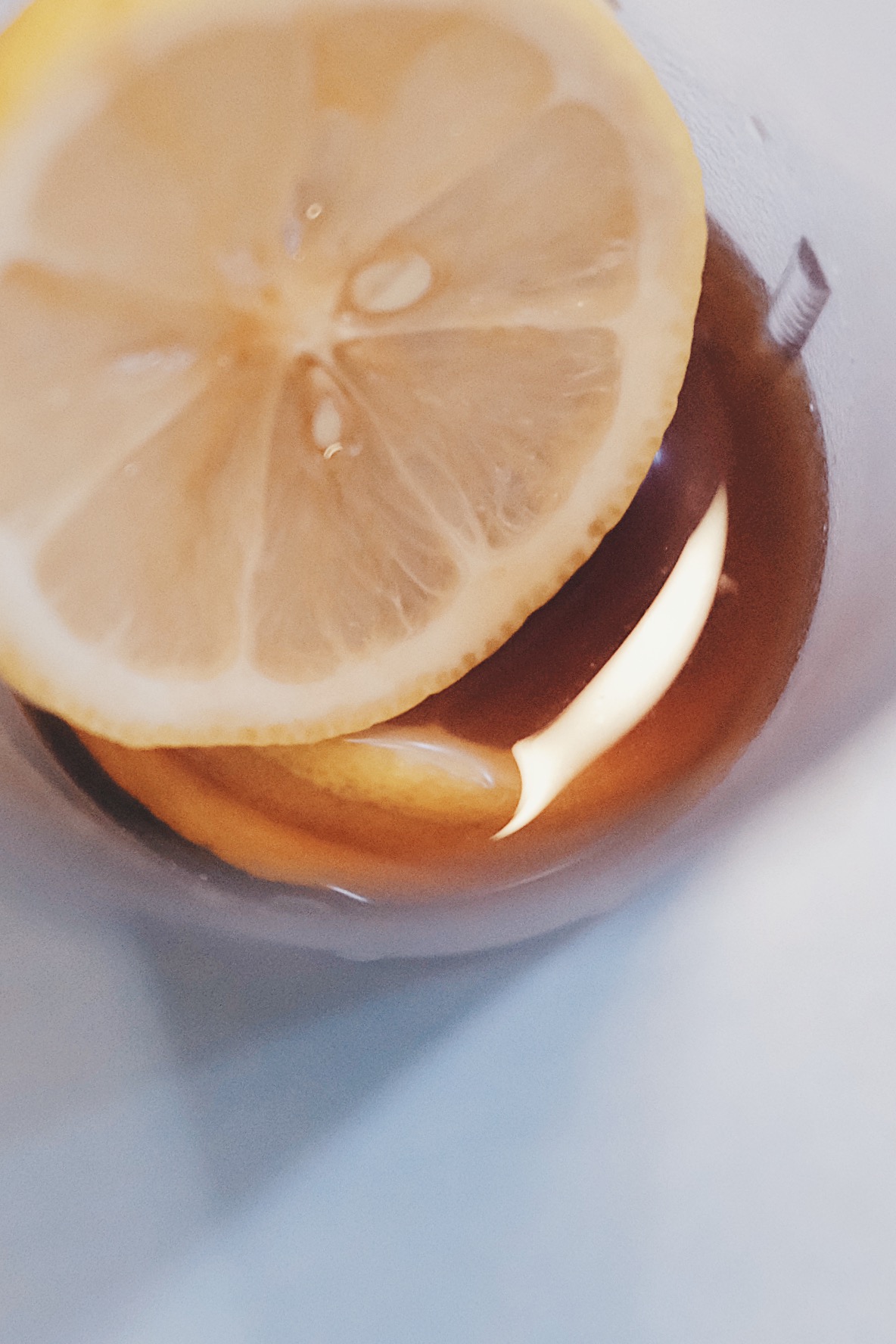
From a brewing perspective, lemon tea typically served in mainstream establishments uses black tea, partly because black tea has a naturally fruity aroma that complements lemon well. In contrast, white tea offers a subtler and more delicate fragrance, and adding lemon can overpower the overall flavor, making it challenging to maintain a balanced taste compared to other types of tea.
Ronald emphasizes that everyone has their ideal version of lemon tea; some prefer a stronger tea flavor, while others enjoy the refreshing taste of lemon.
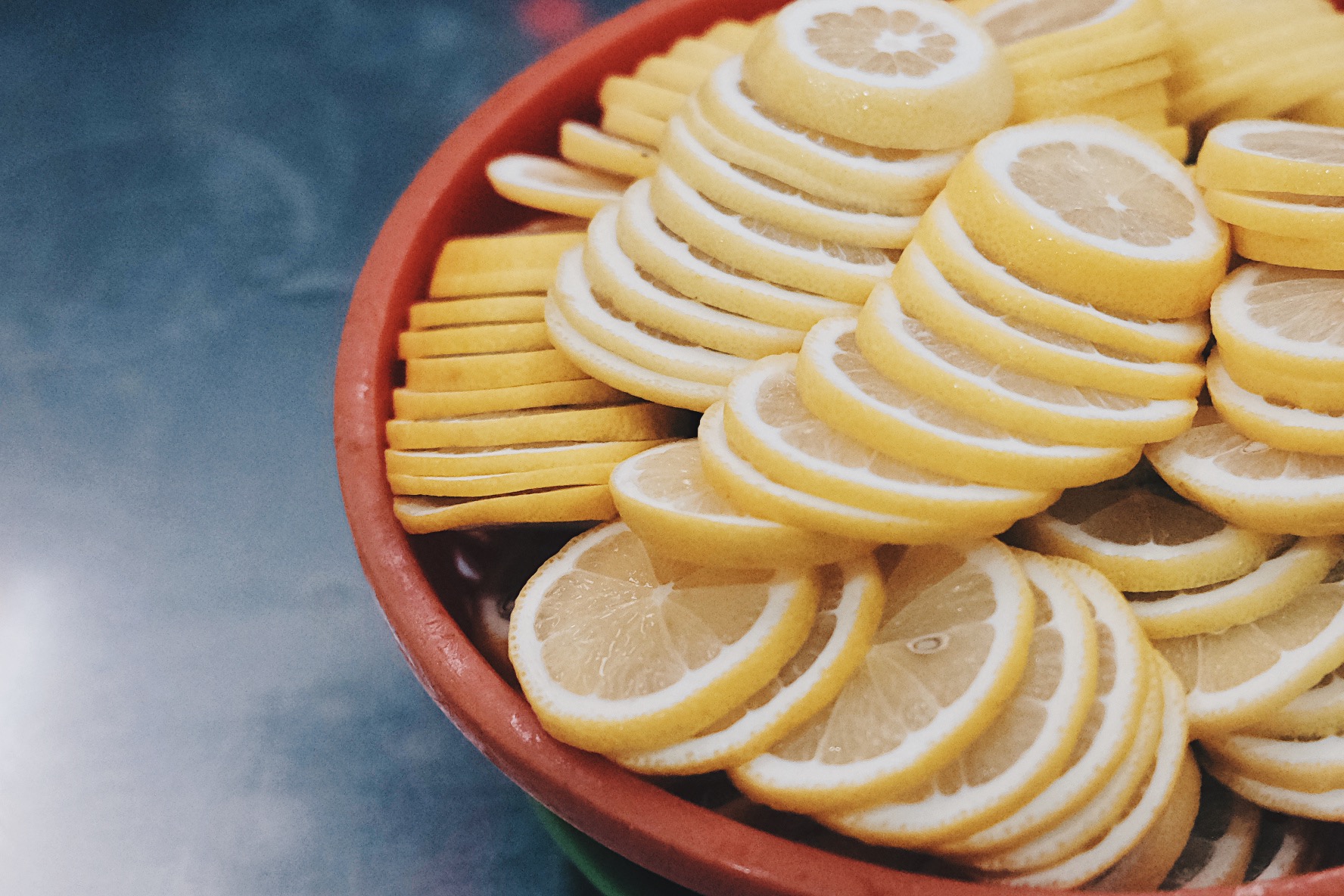
"There is no perfect type of tea. It mainly depends on the brewer's goal. For example, while using white tea may complicate balancing the aroma with lemon, it all comes down to the brewer's preference—as long as they find it delicious, it qualifies as a good cup of lemon tea."
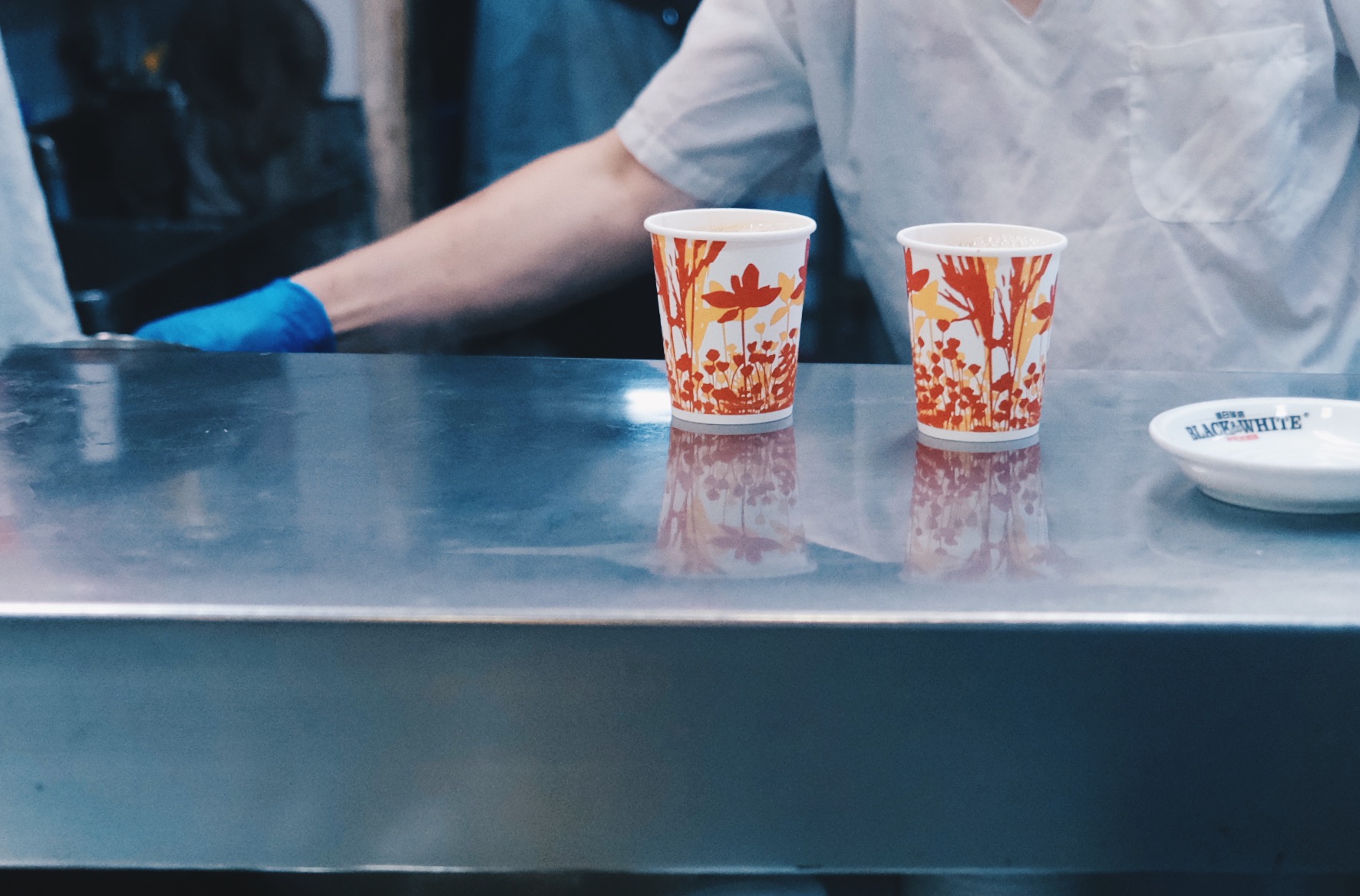
Another significant subject is that most people in Hong Kong drink lemon tea at Cha Chaan Teng.
Lemon tea can vary in strength and sweetness, and there are choices for the number of lemon slices. Individual preferences differ, reflecting the 'precise and concise' nature of Cha Chaan Teng, which also embodies the Hong Kong business style with flexibility and diversity," Ronald concludes.
Lemon tea served at Cha Chaan Teng often lacks high-quality tea leaves due to cost and time.
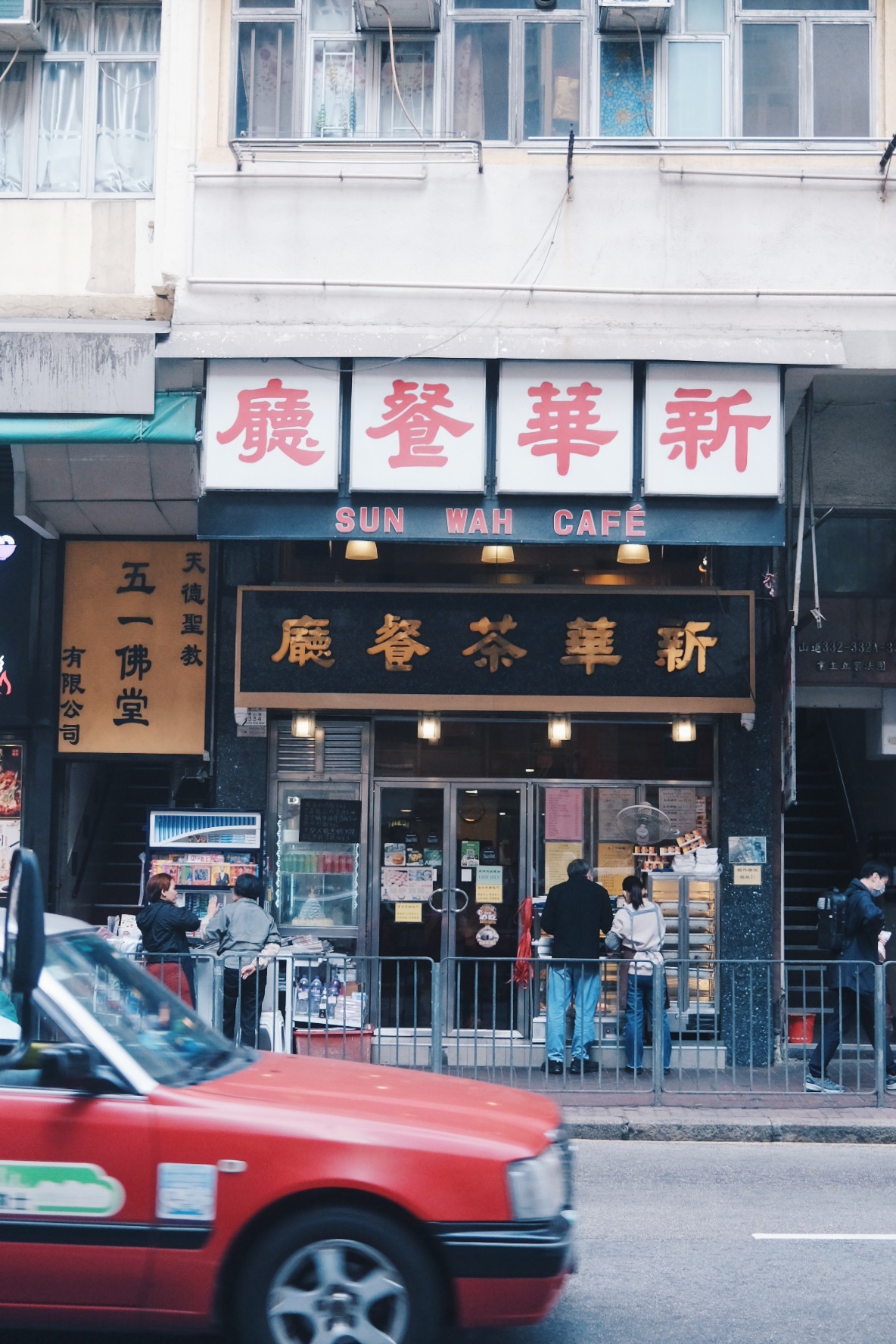
Let's explore how lemon tea is served in a practical situation.
A-Nam, who works at Sun Wah Café, which was established in 1966 in Cheung Sha Wan, has around four decades of experience serving beverages there.
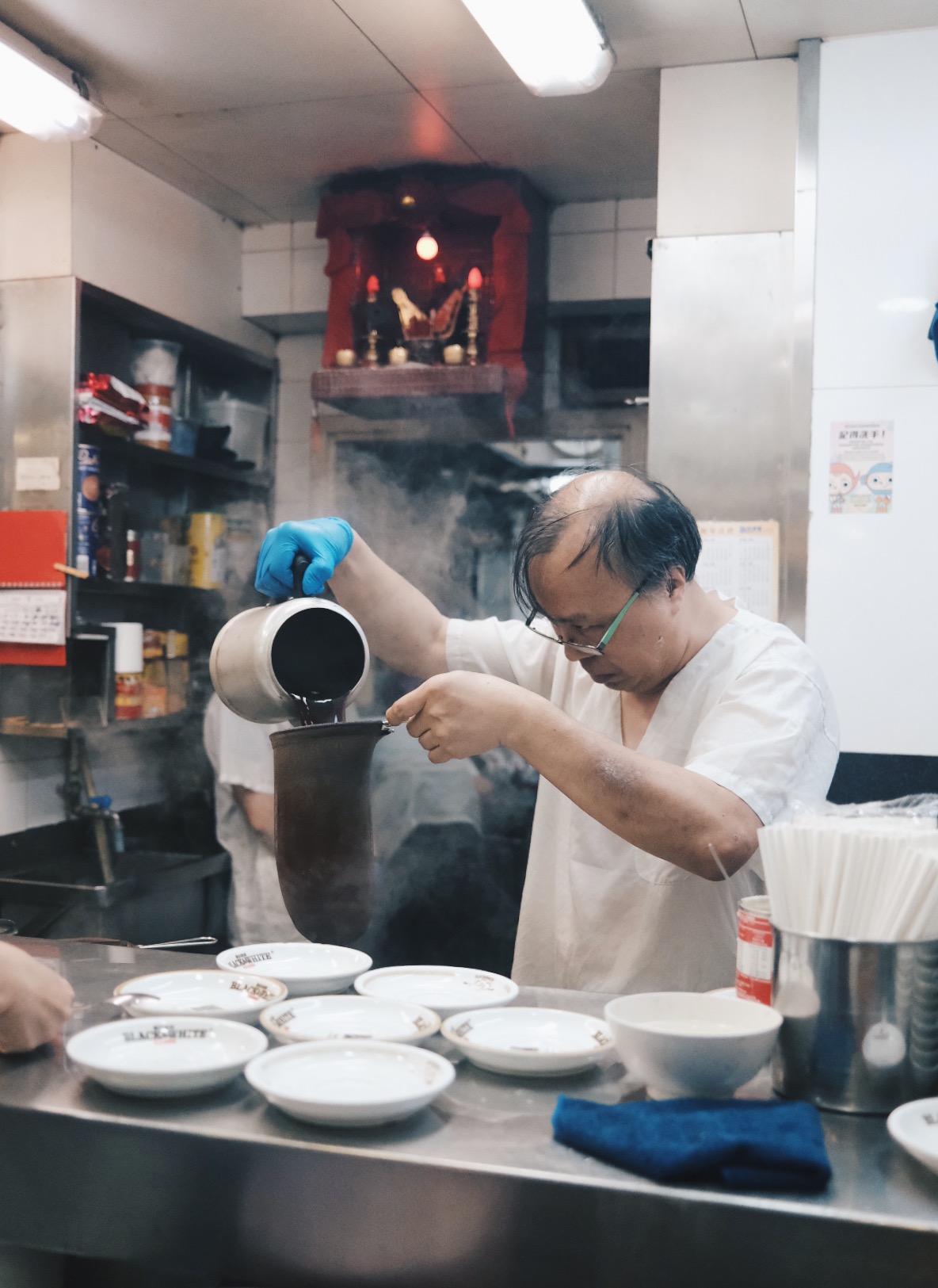
A-Nam, who works at Sun Wah Café
He emphasizes, "A good tea base (a mixture of tea leaves) results in good tea." The cafe mixes tea leaves in a specific ratio, medium and fine varieties of Ceylon black tea. The thicker tea leaves contribute color and richness, while the finer tea leaves enhance the flavor. This recipe has been their secret since the restaurant opened, ensuring consistent taste for regular customers.
The blended tea base is placed in a tea bag and put into a teapot to prepare the tea. Hot water is poured over the tea bag and put on the lid for eight to nine minutes, allowing the tea's color and flavor to brew. An essential step in brewing is "changing pot" (pulling the tea bag out and placing it into another pot, then pouring the tea into the other pot,
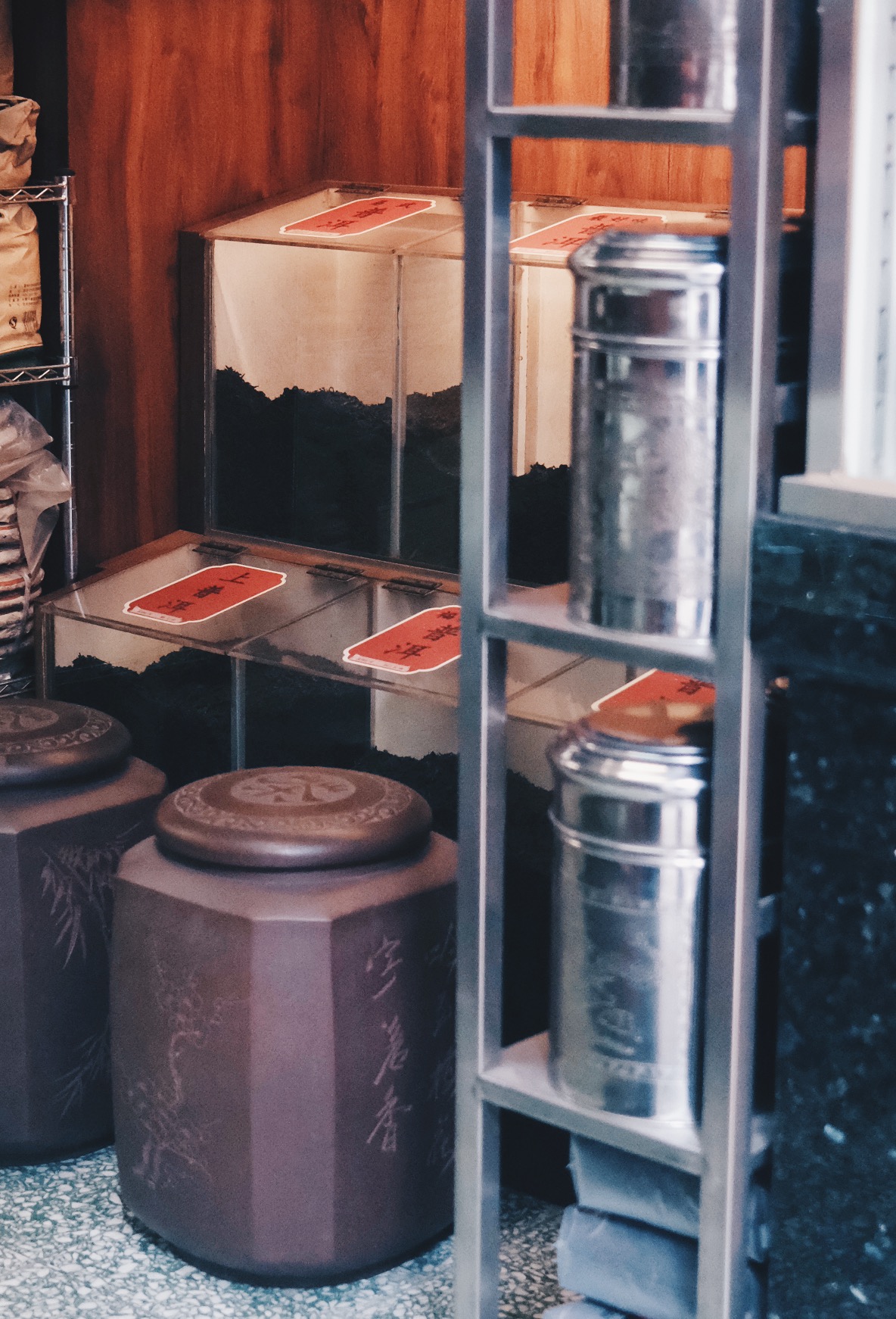
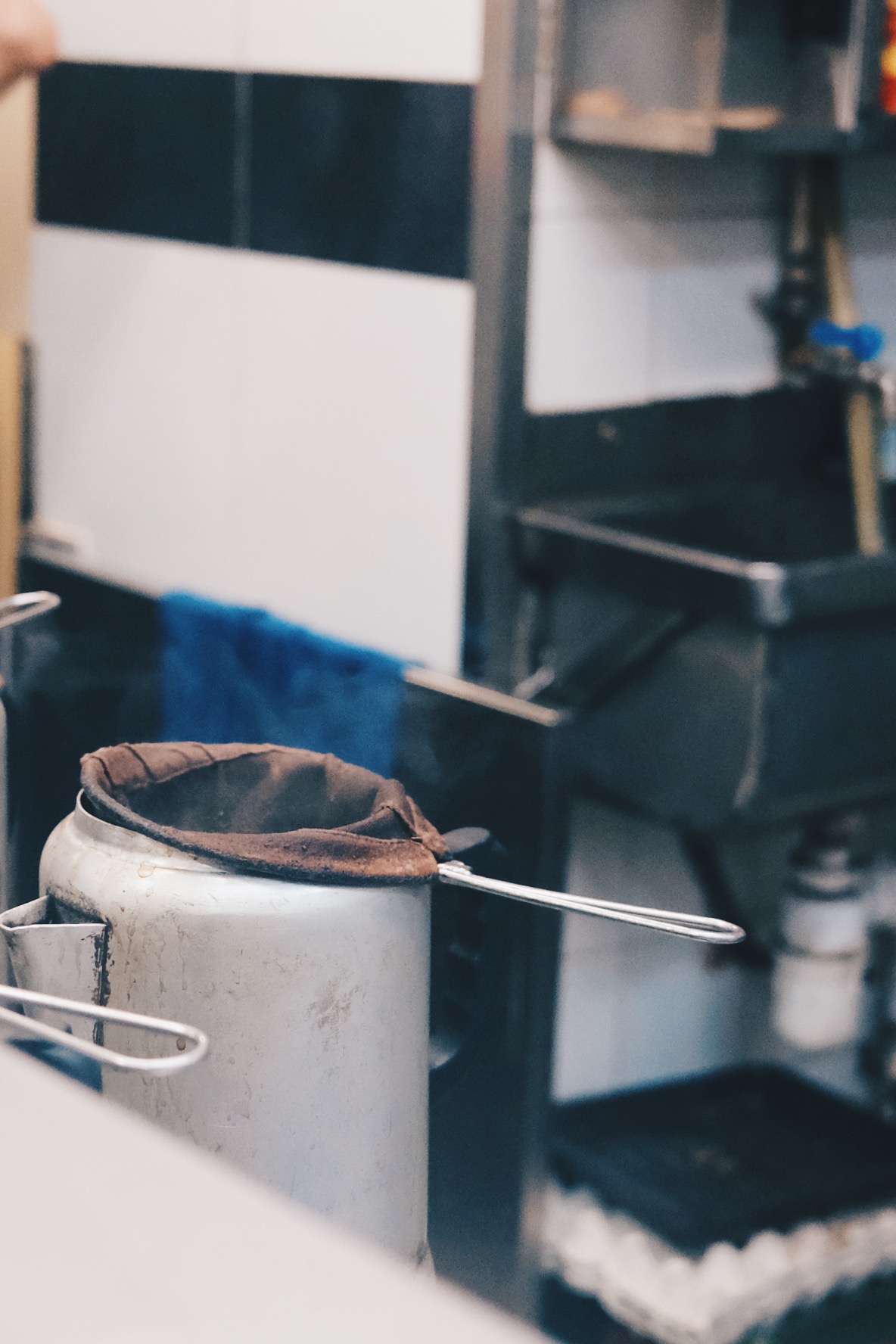
This technique introduces air into the tea, yielding a smoother texture and enhancing the scent. It's also worth noting that when pouring the tea into a glass, the master first adds hot water before pouring the tea. This maintains a water-to-tea ratio of 7:3, and the order of those steps cannot be reversed.
"If you add the tea leaves first, the bitterness might be more pronounced," A-Nam explains. The lemon slices should be cut to a moderate thickness - four slices per cup is just the right amount - to enhance the aroma without making it too sour.
This aligns with the advice of tea taster Ronald, who emphasizes that the quality of lemon tea can be judged visually: "Just by observing the color of the tea. If it's vibrant, then you know it's good tea." He also reminds us that in this age of smartphones, the longer lemon tea sits, the more it risks developing an undesirable bitterness - especially hot lemon tea, which is best enjoyed quickly.
Whether served hot or cold, a cup of lemon tea holds deep knowledge that deserves recognition and respect. This is particularly true in recent years, as a wave of handmade lemon tea shops have emerged everywhere, offering more varieties and flavors.
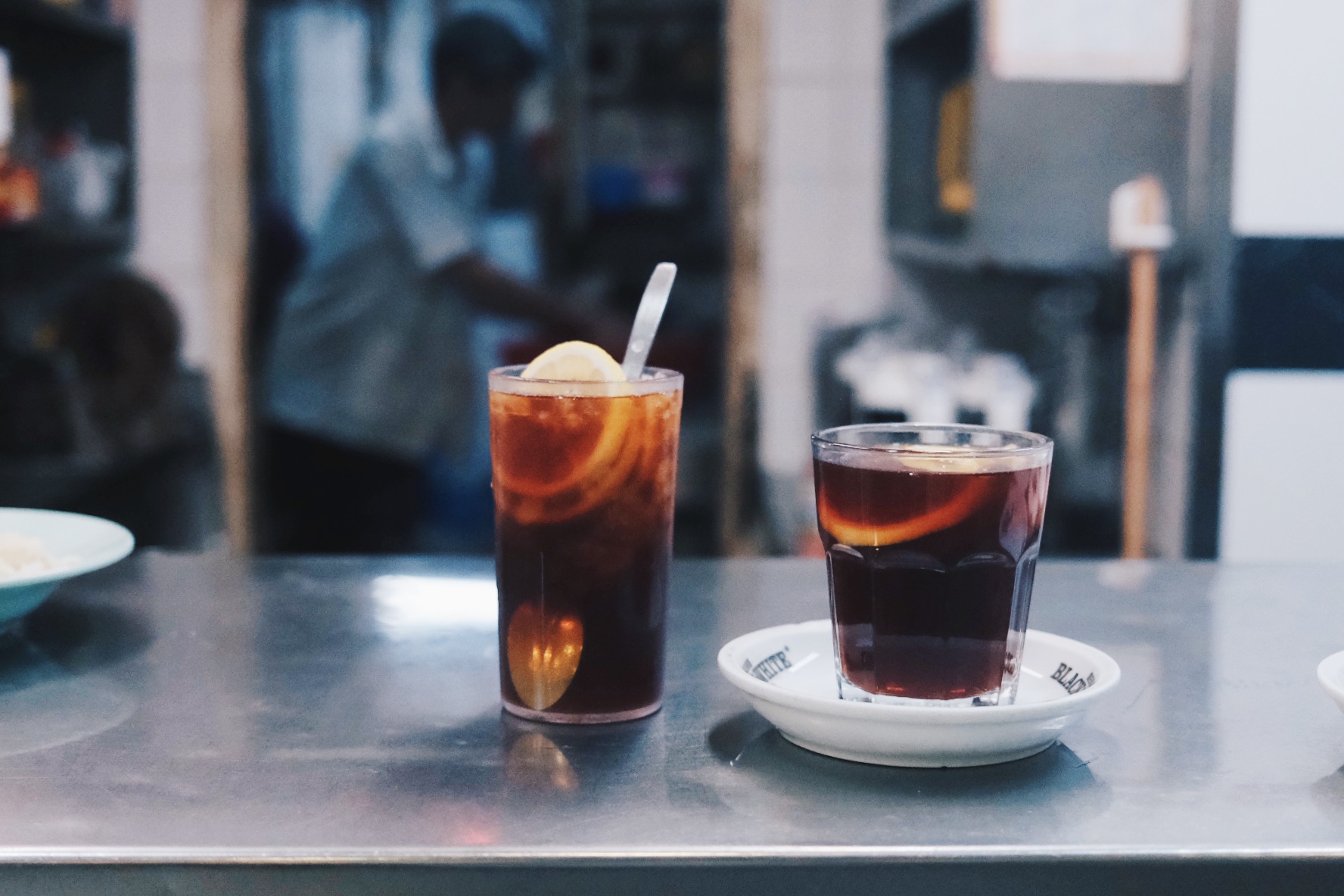
So, how can the traditional Hong Kong-style lemon tea retain its cultural significance and relevance?

